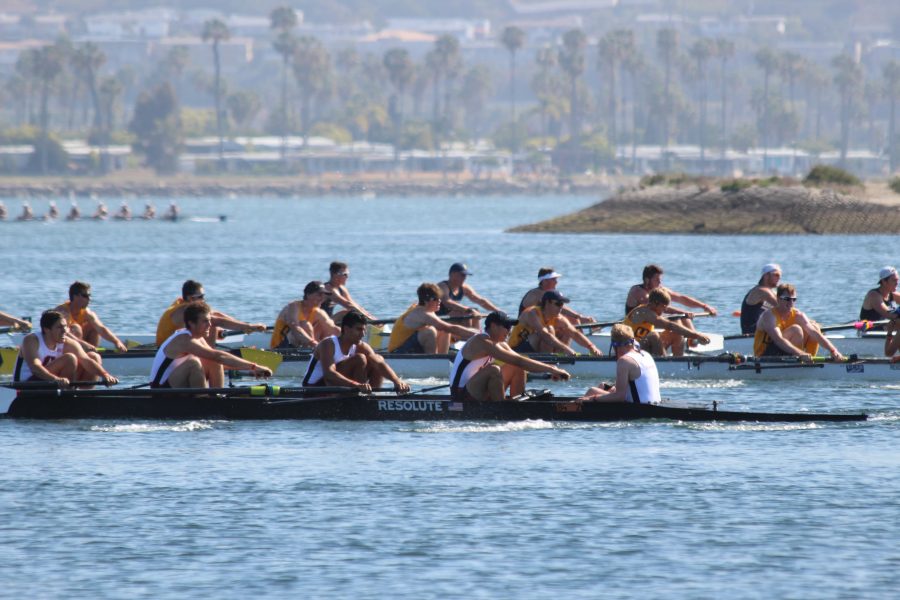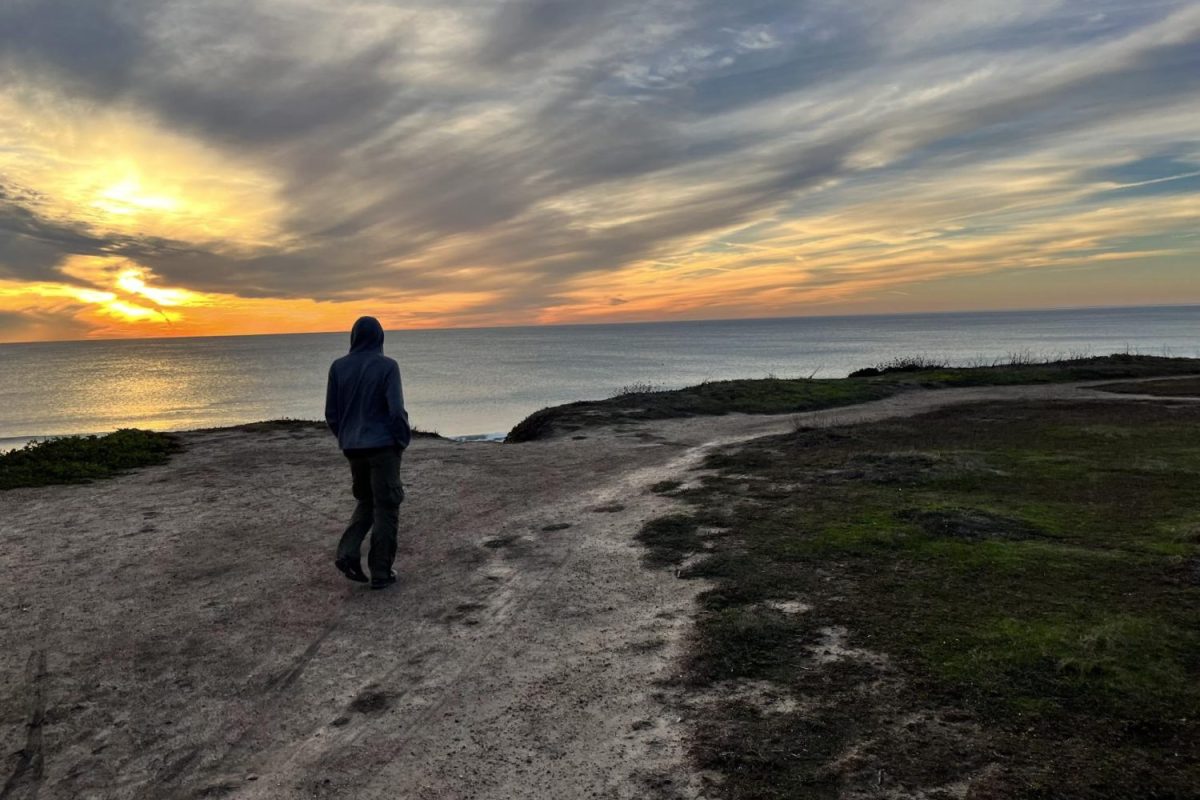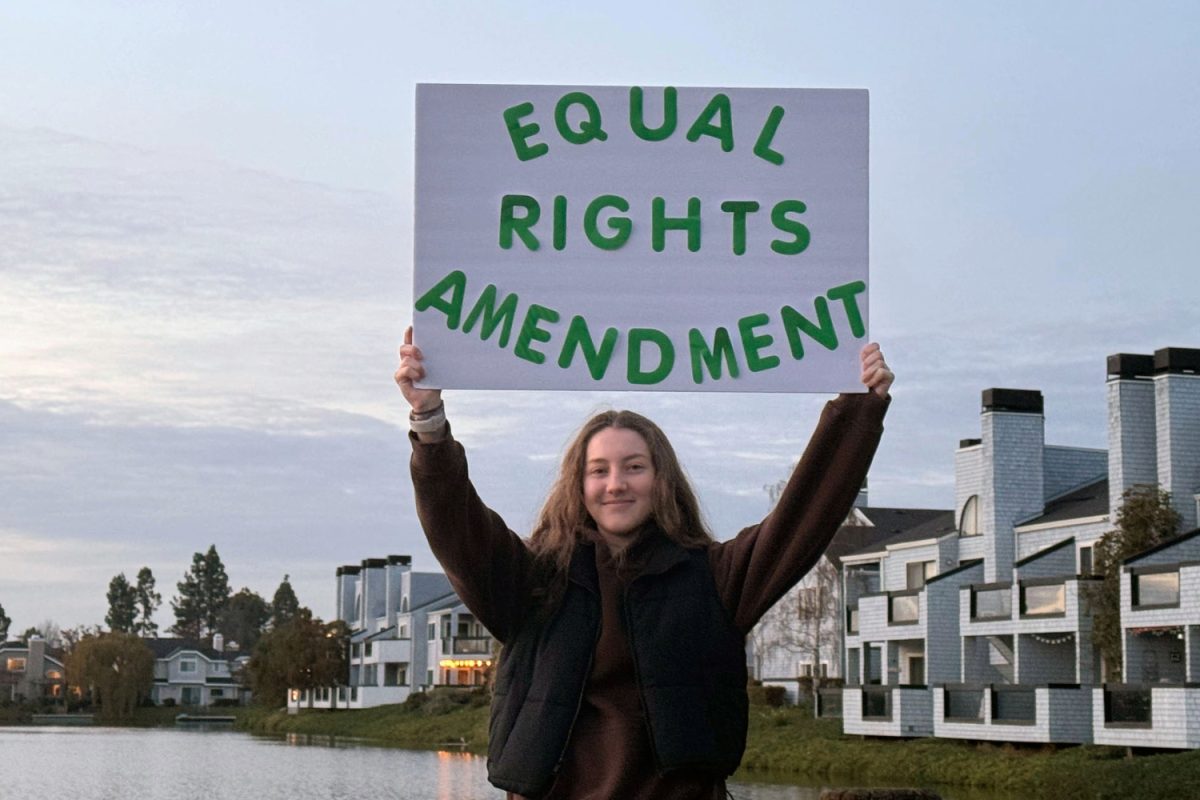Out-of-school sports can offer Carlmont students benefits, but they can also come with drawbacks.
The benefits include valuable friendships, increased discipline, and staying in physical shape, while the drawbacks come mostly from the time crunch created by participating in a demanding activity.
Denali Wilson, a senior, said, “Participating in out-of-school sports has taught me discipline and focus, as well as enabled me to get myself in good physical shape.”
Wilson is an athlete at NorCal Crew, a local club rowing team.
Nick McCluskey, a Palo Alto High School senior, said, “Participating in a sport outside of school has introduced me to many people that I would not have met otherwise. I have become better friends with these people than I ever had been through any other experience I had previously.”
McCluskey is also an athlete at NorCal Crew.
Sports such as gymnastics and crew that aren’t offered by schools keep participating athletes in good physical shape with 15 to 20 hours a week of practices according to the Bayshore Elite Gymnastics and NorCal Crew.
While the time spent practicing is rewarding, the amount of training can cause stress on students due to lack of time for schoolwork. These students felt that a possible solution to this issue would be to earn PE credit for their sport.
Currently, all students that are enrolled in California public high schools are required to take Physical Education for two years, with all students required to take freshman PE. In some school districts, there are a variety of ways to earn second year PE credits, with options varying from allowing student-athletes in a club sport or high-level individual sport to be exempt from PE, enrolling in an independent study program at their high school, or enrolling in an online or in-person community college class.
For now, Carlmont policies on PE credit dictate that all students have to either take two years of PE in school or take PE at an approved community college or online course regardless of their activities outside of school.
This became the policy for the Sequoia Union High School District in the 2011-2012 school year. Before then, a student participating in an individual outside sport could receive PE credit.
At the time, a parent of a student participating in a club sport approached Superintendent Jim Lianides asking for this exception to also apply to students participating in club sports. Lianides researched the issue and felt that in order to comply with State Education Codes only participation in a school-sponsored sport could exempt a student from their second year of PE. With this decision, Lianides removed the individual sports option as well.
Because of this, people like Wilson took a PE class in their senior year.
“The PE policies at Carlmont have kept me from getting enough athletic credits… because of this, I had to take Weight Training my senior year,” Wilson said.
Not all schools are like Carlmont. Some have fewer options and others have more.
For schools in the Palo Alto Unified School District, such as Palo Alto High School, student-athletes can take a “prep” period instead of PE if they meet the requirements.
“The PE policies for out of school sports [at his school] didn’t directly affect my ability to participate [in PE],” McCluskey said. “It has helped me in many ways.”
On the other end of the spectrum, students in the San Mateo Union High School District can only gain PE credits by taking a PE class in school or enrolling in an approved community college course. These students do not have an online course option.
The Carlmont administration feels that there are many reasons to take PE in school.
“Out-of-school sports could be as rigorous or in some cases more rigorous than varsity sports at Carlmont. Physical Education classes are made up of a wide range of students with varying ability levels and educational needs. This allows students to interact and engage with a diverse population, whereas outside teams may not offer this same diversity,” said Carlmont Athletic Director Pat Smith. “There is typically a cost to play on outside teams, whereas the physical education classes cost nothing, thereby increasing the likelihood for more diversity.”
As with anything, a student has to weigh the positives and negatives of participating in an out-of-school sport.











